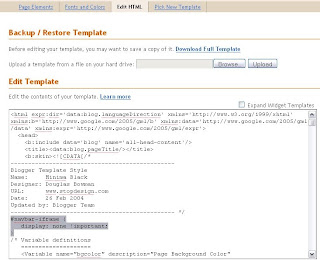
How often have you used a keyfob to unlock your car door remotely? Have you ever wondered if a thief could somehow find out the master code that would allow them to unlock any car? Fortunately, automobile engineers and computer scientists have already anticipated this problem and implement a few important security features.
Most keyless entry systems broadcast on a frequency between 300 and 400 mhz. However, if the key fob used the same frequency every time, it would be relatively easy to produce the proper frequency to unlock any car. This is where computer chips rise to the challenge. Whenever the unlock button is pushed on the keyfob and the car is within range to receive the signal, the frequency used by the keyfob changes. A computer inside the vehicle will then only respond to that exact frequency. The code is stored inside the car, so in order to hack it the thief would have to break into the car by some other means, defeating the purpose of gaining entry remotely. Which frequency occurs next is random, reducing the probability that a thief would be able to predict the frequency the vehicle will accept next. However, true random numbers cannot actually be produced by a computer. A random number within a computer satisifies mathematical properties ensuring that each number is equally as likely as the next, but a seed must be given indicating where to start within a table of random numbers. If the computer starts at the same seed everytime, the same sequence of random numbers will be produced. For this reason, the codes indicating the next number in the sequence are encrypted as well. In general, encryption means that the data is scrambled and unreadable, unless the key or mathematical function that transforms it into readable data is known. All of this essentially means that unlocking a vehicle remotely can be done with confidence.




